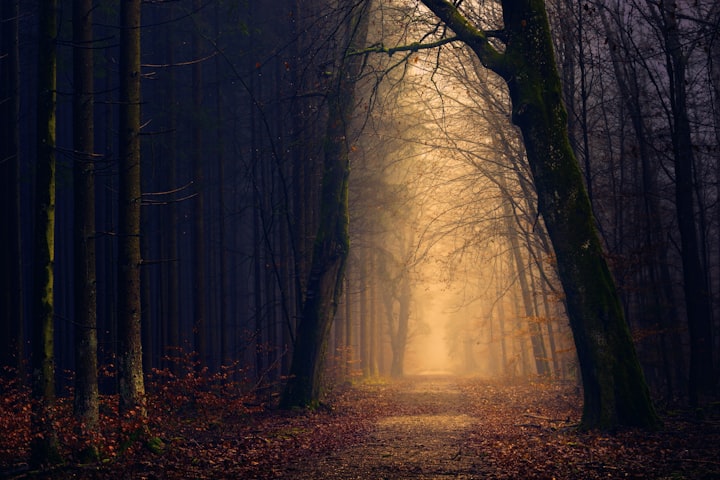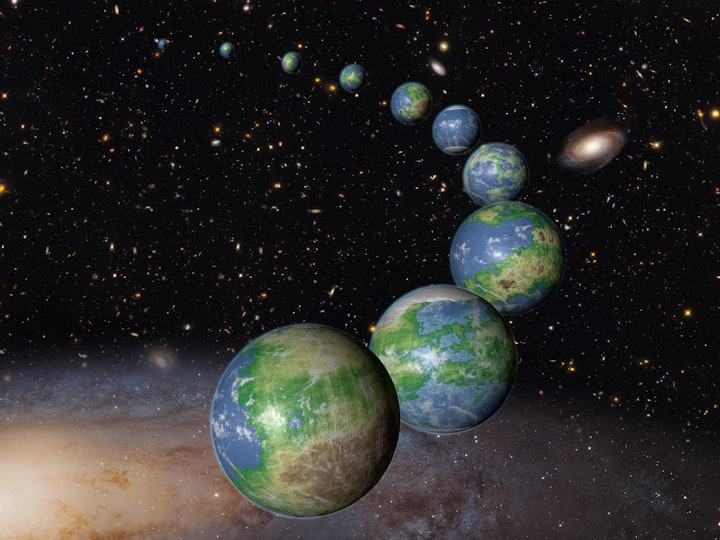The Moon
The Majestic Moon: A Celestial Light in the Night Sky

The Moon is the only natural satellite of Earth and the fifth largest moon in the Solar System. It is the second-brightest regularly visible celestial object in Earth’s sky after the Sun, as measured by illuminance on the surface of the Earth. The Moon is a cold, dusty, airless, rocky world that has been a source of fascination for thousands of years. It is the closest celestial body to Earth and has been a major cultural influence since ancient times, from the earliest civilizations to modern day.
The Moon has no atmosphere and therefore no weather, but its surface is constantly bombarded by micrometeorites. Its surface has been extensively studied by spacecraft and landers, and is thought to be composed mostly of a rocky material called regolith, which was formed over billions of years of meteorite impacts. The Moon is believed to have formed approximately 4.5 billion years ago as a result of a giant impact between Earth and another large planetary body.
The Moon has a very weak magnetic field, and its gravitational influence on Earth is the primary cause of the ocean tides. It is also known to have significant effects on the Earth's climate, and its gravitational pull helps to stabilize the Earth's axial tilt.
The Moon has been the subject of countless myths, legends, and stories throughout history. Ancient cultures believed that the Moon was a god, or a deity, and that it controlled the night sky and the cycles of the seasons. The phases of the Moon were thought to be a reflection of the emotions and mental state of the person watching it.
The modern scientific understanding of the Moon has led to a much more detailed understanding of its features, including its impact on Earth's climate and its role in the formation of the solar system. The Moon is now well-understood in terms of its origin, composition, and structure. We now know that the Moon is an irregularly-shaped body composed of several different layers, including a core, mantle, and crust. Its surface is covered in craters, mountains, and other geological features, which have been studied in detail by robotic probes.
The Moon still holds a special place in our culture and imagination, and continues to be a source of fascination and research. It has been the setting for countless works of fiction, and its influence on the Earth's climate, tides, and even the evolution of life on Earth has been studied for centuries. As our understanding of the Moon continues to increase, it is sure to remain an object of fascination and mystery for generations to come.
The Moon has a diameter of 3,474km and is made up of a rocky core, with a thin atmosphere of dust and gases that surrounds its surface. The Moon's surface is covered in craters, mountains, valleys, and hills. It is also home to a number of man-made structures, such as the Apollo 11 landing site and the first satellite to orbit the Moon, Luna 1.
The gravitational pull of the Moon causes tides on Earth, which are the regular rise and fall of the ocean's surface due to the gravitational pull of the Moon and the Sun. The Moon's orbit around Earth is elliptical, meaning that it is closer to Earth at some points in time and farther away at others. The Moon's orbit also causes the phenomenon of lunar eclipses, when the Moon passes between Earth and the Sun, blocking the Sun's light from reaching Earth.
The Moon's surface is made up of a variety of materials, including dark basalt, a fine-grained igneous rock, and bright anorthosite, a type of intrusive igneous rock. The dark parts of the Moon's surface contain iron-rich minerals, while the bright parts are covered in anorthosite. The Moon also has a number of volcanoes, impact craters, and lava-filled basins.






Comments
There are no comments for this story
Be the first to respond and start the conversation.